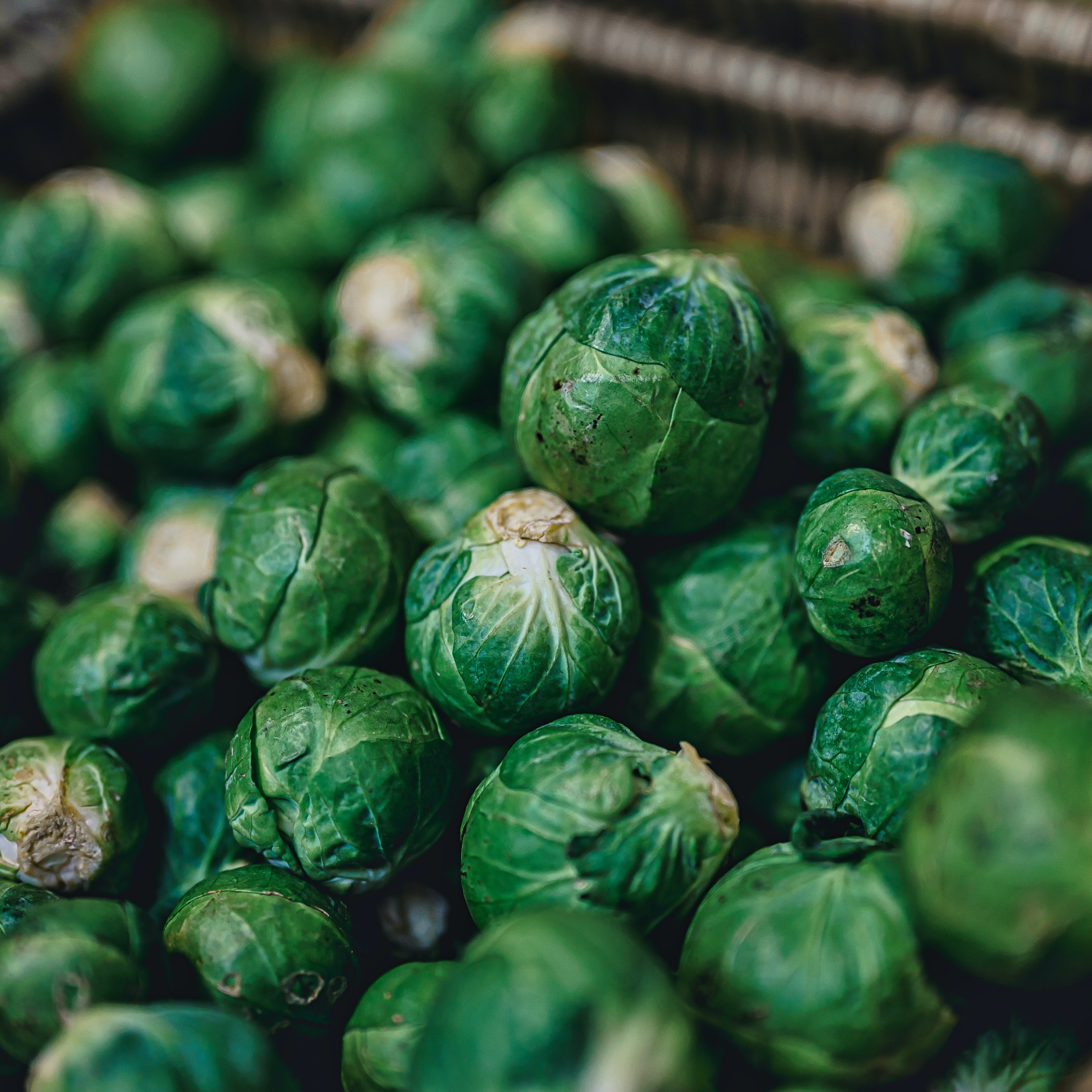
Introduction
Brussels sprouts are nutritious and delicious vegetables that can be grown successfully in the United Kingdom. With their distinctive taste and compact structure, growing Brussels sprouts in your garden can be a rewarding experience. In this comprehensive guide, we will walk you through the process of growing Brussels sprouts, from sowing the seeds to harvesting the sprouts. Let's get started!
Sowing
Brussels sprouts are typically grown from seeds. Here are the steps to sow your Brussels sprout seeds:
- Choose a suitable location: Brussels sprouts thrive in full sun but can tolerate partial shade. They prefer well-drained soil that is rich in organic matter.
- Start seeds indoors: Sow Brussels sprout seeds indoors 4-6 weeks before the last expected frost. Plant them in seed trays or pots filled with seed-starting mix, and keep them in a warm location with adequate sunlight.
- Transplanting: When the seedlings have developed several sets of true leaves and the soil has warmed up, transplant them into the garden. Space the plants about 24-36 inches apart in rows that are 36 inches apart.
- Watering: Water the soil thoroughly after transplanting to help the seedlings establish their roots.
Growing
To ensure healthy growth and a bountiful harvest of Brussels sprouts, consider the following tips:
- Sunlight: Brussels sprouts prefer full sun but can tolerate partial shade. Aim to provide them with at least 6 hours of direct sunlight each day.
- Watering: Keep the soil consistently moist, especially during dry spells. Deep watering is important to ensure that the roots receive adequate moisture.
- Soil conditions: Brussels sprouts prefer well-drained soil that is rich in organic matter. Mulching around the plants can help retain soil moisture and suppress weeds.
- Fertilizing: Brussels sprouts benefit from regular feeding. Apply a balanced fertilizer or side-dress with compost or well-rotted manure during the growing season.
- Supporting: As the plants grow taller, provide support by staking them or using cages to prevent them from toppling over in windy conditions.
- Pest control: Monitor your Brussels sprout plants for common pests such as aphids or cabbage worms. Use organic or chemical controls as necessary.
- Harvesting: Brussels sprouts are typically ready for harvest 90-120 days after transplanting. Begin harvesting from the bottom of the plant, picking the sprouts when they reach a desirable size and firmness.
Conclusion
Growing Brussels sprouts in the United Kingdom allows you to enjoy the delicious flavor and nutritional benefits of these compact vegetables. By sowing the seeds properly, providing adequate care, and harvesting at the right time, you can cultivate healthy Brussels sprout plants that yield a bountiful harvest. Whether you enjoy them roasted, steamed, or incorporated into various dishes, homegrown Brussels sprouts will surely enhance your culinary experiences. Happy Brussels sprout growing!